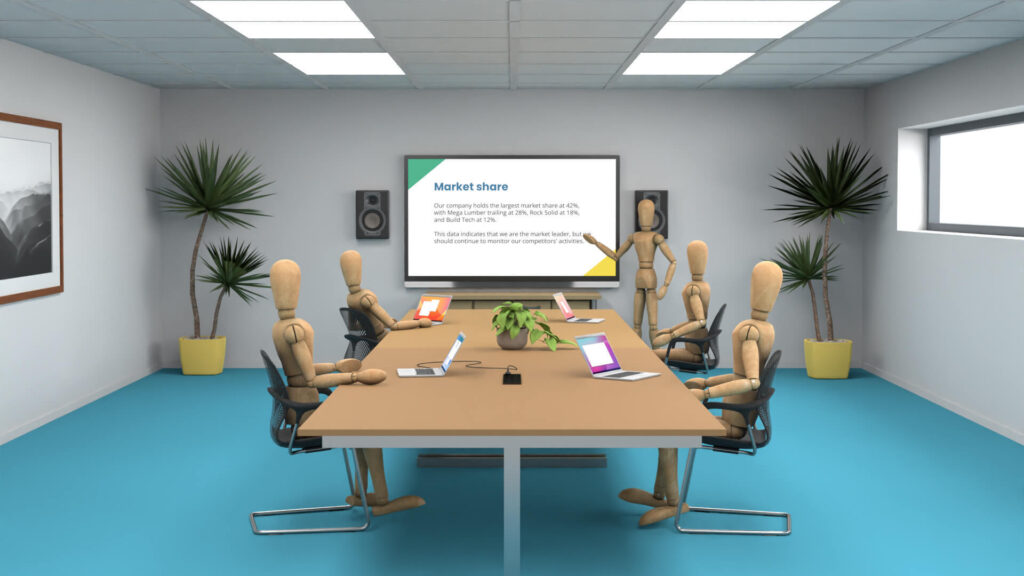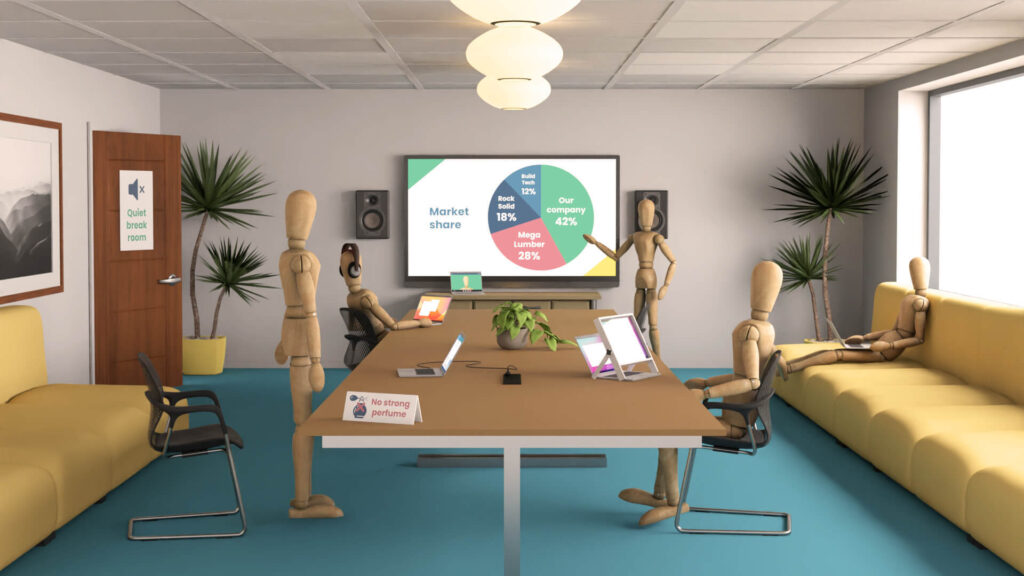Celebrating Neurodiversity in the Workplace

“It is not our differences that divide us. It is our inability to recognize, accept, and celebrate those differences.” – Audre Lorde
In recent years, diversity, equity, and inclusion (DEI) have become a central theme in the workplace. While the concept initially focused on promoting gender and racial diversity, it has since expanded to encompass a broader spectrum of human differences, including neurodiversity.
Neurodiversity is the term used to recognize that everyone’s brain develops in a unique way giving us all a distinctive set of abilities and strengths. Just as no two people have the same fingerprints, no two people have identical brains. It recognizes that people with neurological differences, such as autism, ADHD, dyslexia, and more, should be respected and valued just like anyone else.
Long gone are the days where we all sit in cubicles and only attend meetings in person. Creating an accessible workplace that embraces neurodiversity isn’t just about complying with regulations or ticking boxes on a checklist. It’s about removing barriers so that everyone can participate in the workplace and contribute to the organization’s goals. It’s changing how the workplace looks, feels, and operates for greater accessibility. And guess what? It benefits everyone! Take a look at the two meeting rooms below. One is accessible and the other is not. Can you spot the 10 accessible accommodation differences?*


We can all benefit from having accessibility options. Which accommodations would benefit you? Here are some practical steps to create a more accessible and inclusive environment for all employees.
Practical Steps to Support Neurodiverse Employees
- Flexible Work Arrangements: Consider offering flexible work arrangements to accommodate the needs of neurodivergent employees. This might include part-time or staggered work hours, or remote work options. Allow people to join meetings virtually.
- Sensory-Friendly Environment: Create a sensory-friendly workplace by providing quiet spaces, minimizing fluorescent lighting, creating alternative seating arrangements, designating perfume free areas, and offering noise-cancelling headphones. These accommodations can benefit not only employees with sensory sensitivities, but any employee who might value a less distracting workplace.
- Clear Communication: Neurodivergent individuals may benefit from clear, direct communication. Avoid or cut down on the use of jargon, try not to flood your presentation with lots of text and instead use and simple diagrams that are easy to follow.
- Mentoring and Support: Implement mentorship programs or support groups for neurodivergent employees. This can provide them with guidance, a sense of belonging, and a platform to share experiences.
- Accommodations and Resources: Be prepared to provide reasonable accommodations, such as assistive technology (e.g. speech to text, immersive readers) or extra time allotments for tasks. Record online meetings so people can watch/listen back to the meeting if they need to. Establish a culture where everyone is encouraged to ask for the tools or resources they need to do their job. This will create an environment neurodivergent employees feel they can advocate for themselves and ultimately thrive.
- Promote Allyship: Encourage employees to be allies by actively supporting and advocating for their neurodivergent colleagues. This can create a more supportive and inclusive atmosphere.
Fostering an accessible workplace that embraces neurodiversity is not just the right thing to do; it’s also a smart business move. By valuing and accommodating neurodiversity, organizations can unlock the potential of a diverse workforce, drive innovation, and create a more inclusive culture where everyone can thrive. Remember, the goal isn’t just to adapt the workplace for neurodivergent individuals but to create an environment where all employees can be successful, regardless of their neurological differences.
Want to learn more about neurodiversity and accessibility in the workplace? Check out Litmos’s Inclusive Behaviors MicroSeries with 8 inclusive behaviors to explore.
*Answers: Participant standing but involved in the meeting, natural light from larger windows, quiet break room, no strong perfume, no fluorescent lighting, headphones on a participant, a person joining online/remotely, screen magnifier for laptop, diagram/images on interactive screen, alternative seating option.


